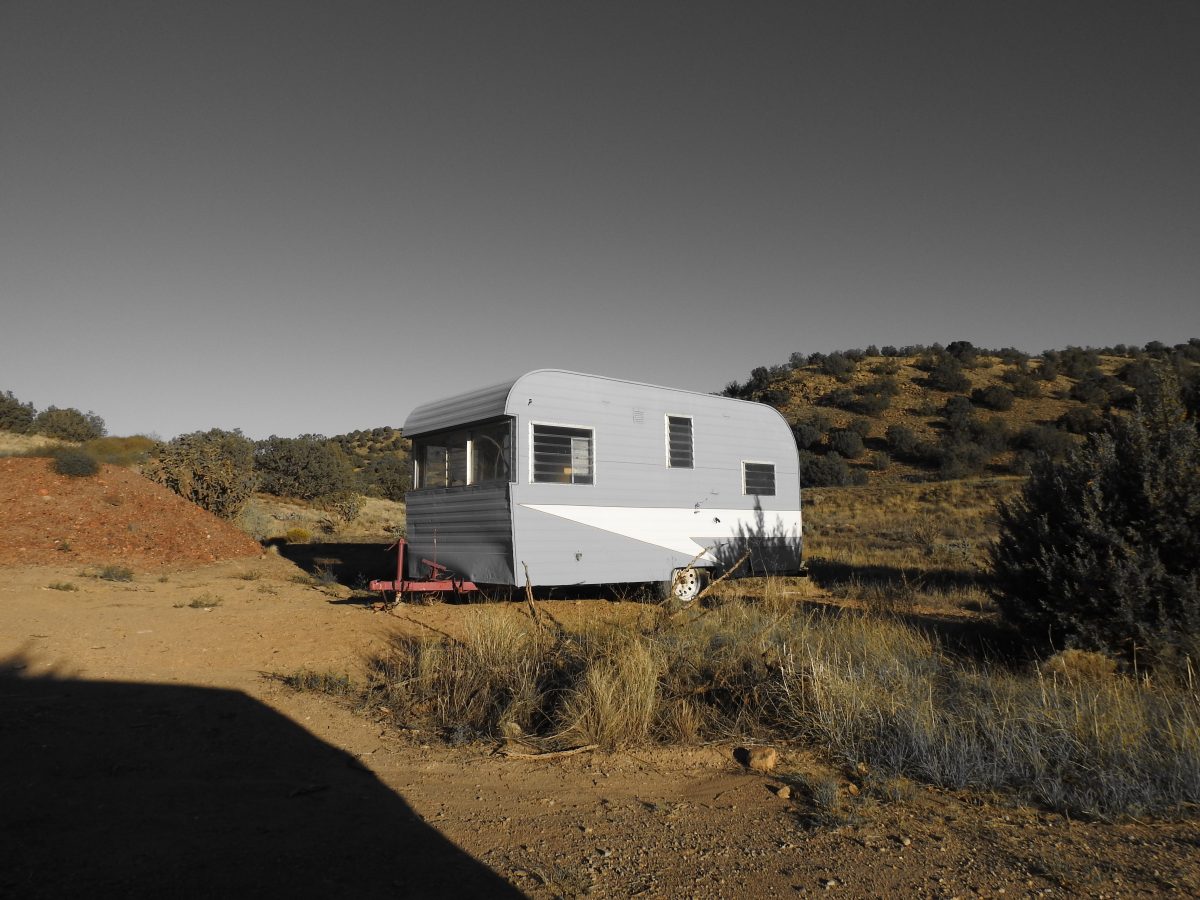Tiny homes are on the rise. Social media is replete with pictures of owners flaunting their pint-sized dwellings. There are half a dozen tiny living shows on the television. Even celebs are downsizing from sprawling mansions to smaller living spaces that don’t skimp on luxury. And it’s not hard to see why. The tiny house movement is a big trend at this moment. But more importantly, there are practical benefits attached to it.
Trimming down your living quarters is not just an environmentally-conscious decision. It’s also being seen as a passport to a debt-free life. As such, it’s a way to realize the great American dream of homeownership for many. Others are choosing tiny homes to declutter their life and live on the go.
For all that’s wonderful about the micro lifestyle, it does have its own challenges. The zoning laws and building codes can be tricky to navigate, with many of these regulations designed around traditional homes. So finding sites and neighborhoods to put up a tiny house can be quite a headache for homeowners.
The good news is, tiny home communities are sprouting across the country. From RV parks, backyard co-ops, and townships to rural communities, retirement villages, and pocket neighborhoods, these communities come in different shapes and forms. And they are allowing tiny homeowners to live among like-minded people without having to wrestle with zoning restrictions or private and public land-use laws.
That said, here are five tiny house communities that you’ll want to be a part of.
Lemon Cove Village, Near Sequoia National Park, California
Located in the foothills of the western Sierra Nevada, just at the base of Sequoia National Park, this RV Park has just about everything you’d need when living small. From necessities like power, Wi-Fi, bathrooms, laundry, and sewer hook-ups to resort amenities such as community garden, dog park, swimming pool, and a community clubhouse, residents get access to a boatload of features
.
Besides tiny houses for purchase, they also offer monthly spaces for tiny homes. With plenty of outdoor activities, adventure sports, and dining spots in the area, there’s something here for everyone.
Park Delta Bay, Isleton, California
Claiming to be “the only legal tiny house community in Northern California,” Park Delta Bay is situated at the heart of the California Delta. The park’s zoning regulations require tiny homes to be certified as RVs and registered with the Department of Motor Vehicles.
The park boasts of a small community that enjoys a peaceful lifestyle amidst lush green lawns and country club features. Amenities include a bathhouse, clubhouse, tennis courts, and volleyball court, to name a few.
Try to land a catch at the fishing docks on the San Joaquin River, head out for a wheeled trip in the Delta, or go on a local wine tour — there’s no shortage of recreational activities here.
The rent is inclusive of water, sewer, trash, and landscaping for common areas, while you have to pay for electricity, propane, and internet. The rental application will set you back by $39.99.
Green Anchors, Portland, Oregon
Built within a 7-acre eco-industrial art park, this community is perfect for artists and creative professionals seeking a rental space to construct their tiny house.
The cool thing about this community is that it offers not only space but also professional advice and assistance to get a tiny house project off the ground. You can stop, build, and then, move on or rent for long term. Starting at $350 per month, residents get amenities like water, electricity, on-site parking space, and gated security. With gyms, restaurants, pubs, and coffee shops nearby, you won’t be out of options.
So for those looking for a head start in their tiny house journey, this is the place to be!
LuxTiny, Lakeside, Arizona
Joining the small living movement doesn’t mean you have to forego luxe interiors or high-end amenities. With rows of mini luxury dwellings and the beautiful White Mountains posing in the background, LuxTiny echoes this belief. Spread across six acres and consisting 41 spaces and 19,000 square feet of a scenic walking path with benches, this is Arizona’s first tiny home community. Lease rates for lots fall anywhere between $329 and $379 and include water, sewer, and trash. Their first phase of plots is filled, but they are in the process of creating the second phase.
Airstream Park (Llamalopolis), Las Vegas, Nevada
Airstream Park or Llamalopolis — as some refer to it — has its biggest claim to fame as the place that Zappos CEO, Tony Hsieh calls home. This urban RV park in Downtown Las Vegas is modeled on the iconic Burning Man festival and isn’t like any other tiny house community.
Residents are encouraged to contribute to the community, while communal bonfires, movie nights, potluck feasts, open mic nights, and other impromptu social gatherings are intrinsic to the life here. Not to mention, the gated park is only a few minutes away from pubs, restaurants, and casinos, so there’s plenty of activities to keep you busy.
Living here comes with amenities like TVs, Bluetooth connectivity, stainless steel interior, high-end appliances, and more.
There’s so much to explore!
According to Trulia, there are over 50 tiny house communities across the country, and more are coming up. Though our list scratches the surface of what’s out there, it’s a good place to start if you’re scouting for a spot to put up your tiny house.
Whether you’re a tiny house nomad wanting a temporary spot, or someone looking for a permanent stay, you can be sure that there’s a community for you.




